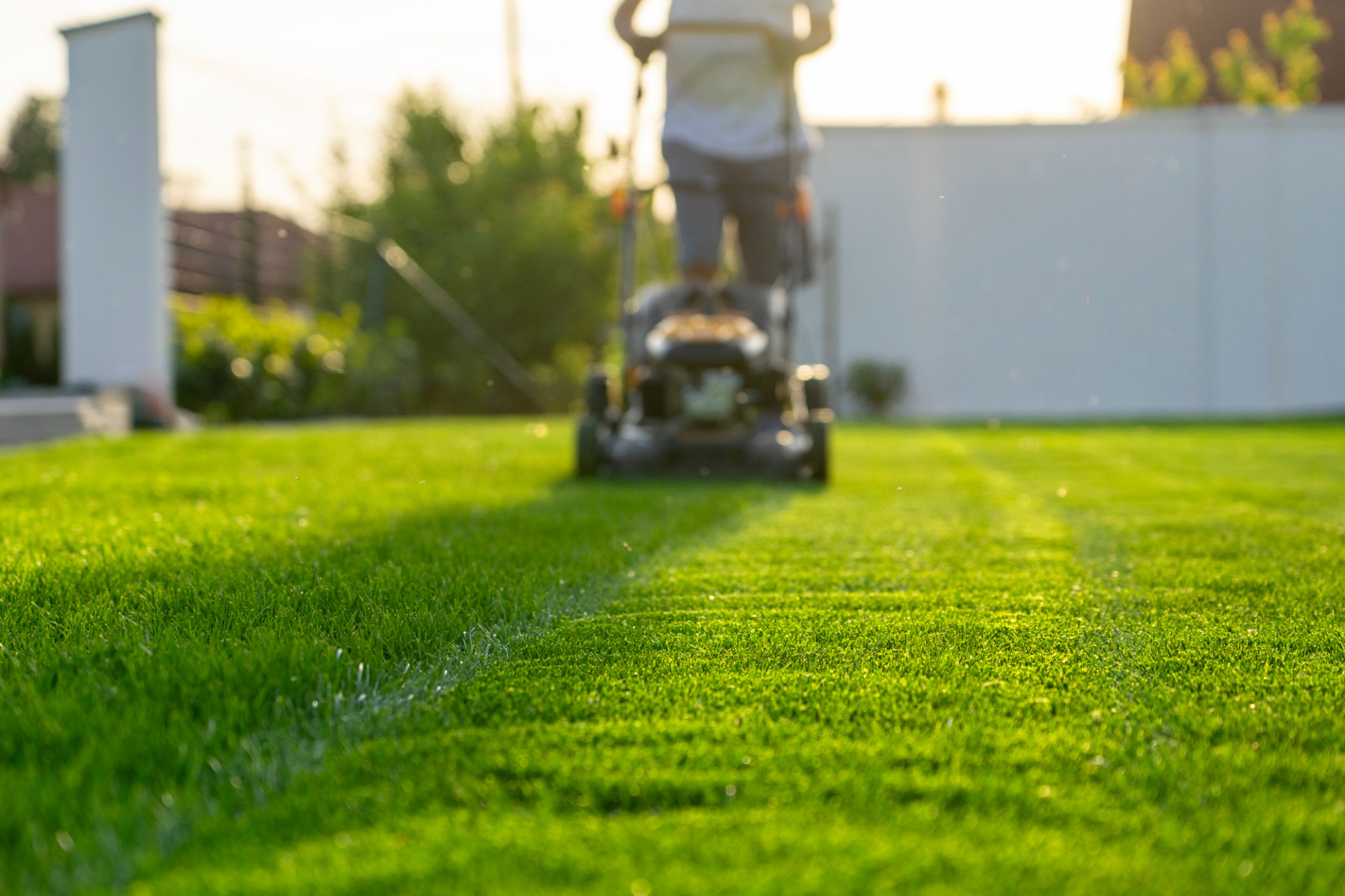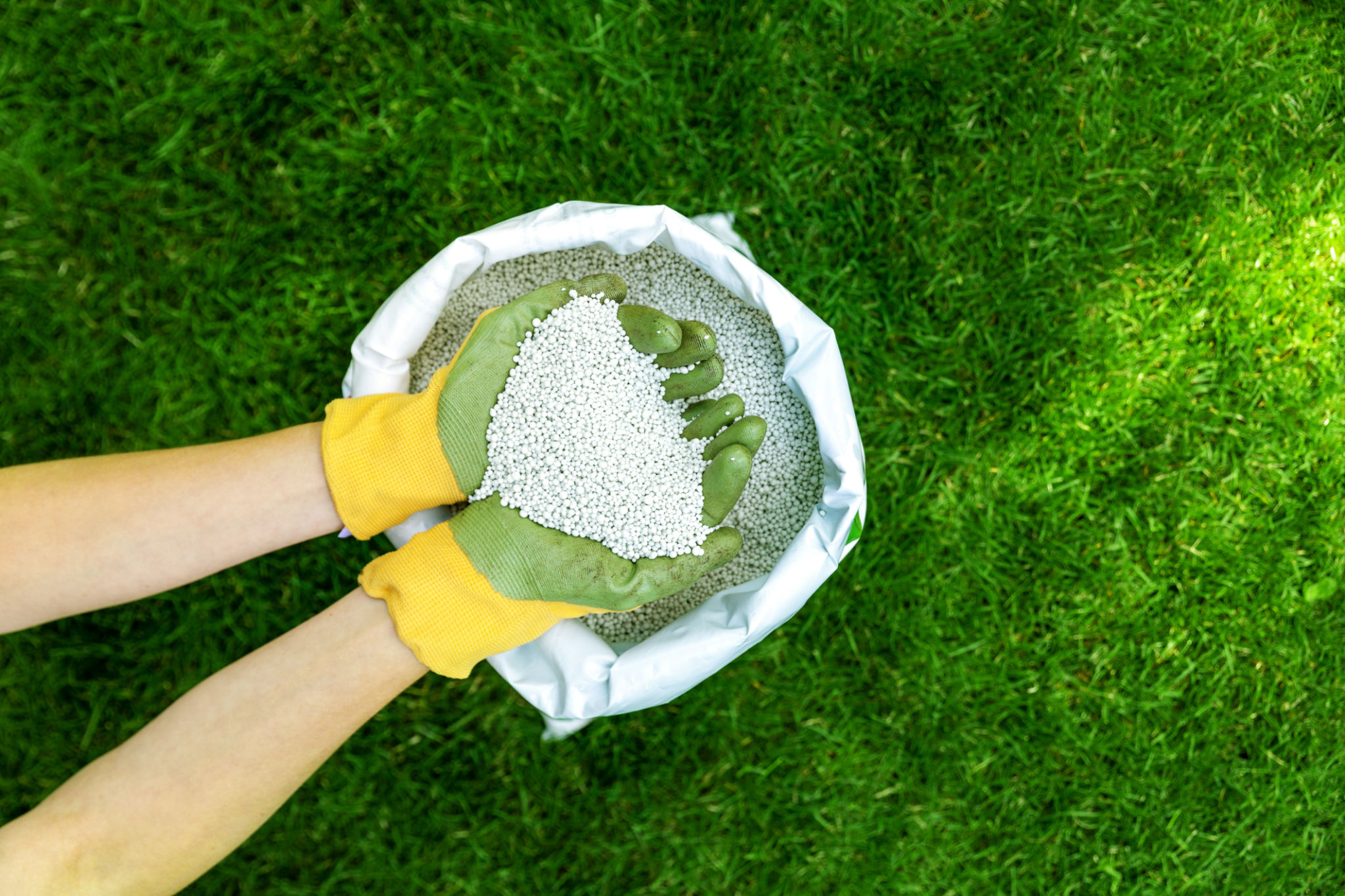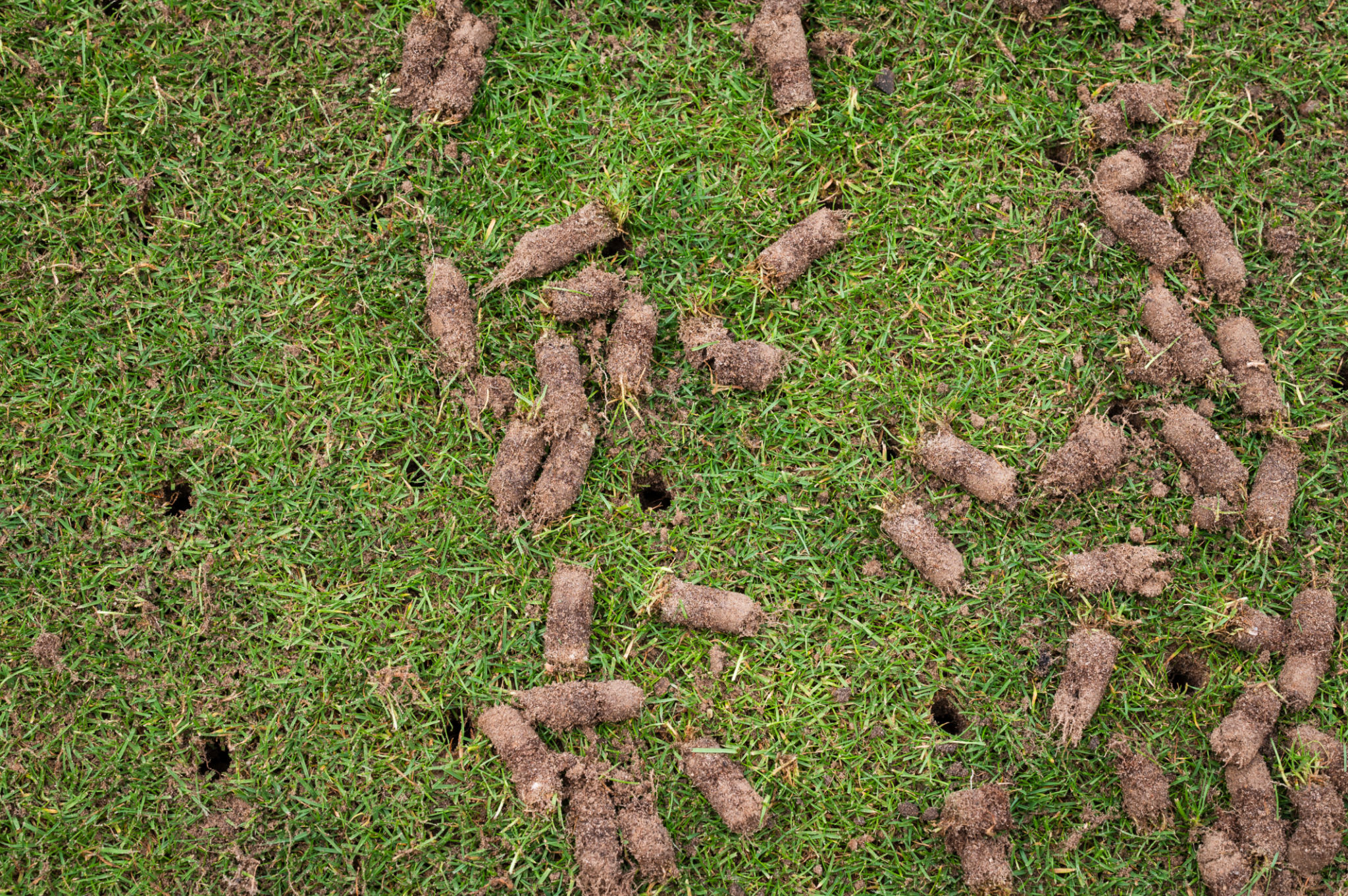The Complete Guide to Residential Lawn Care Services
Understanding the Basics of Lawn Care
Maintaining a lush, healthy lawn is something many homeowners take pride in. However, achieving this can require a significant amount of time and effort. Understanding the basics of lawn care is the first step to ensuring your outdoor space remains vibrant and green throughout the year. This involves knowing when and how to mow, fertilize, and water your lawn effectively.

The Importance of Regular Mowing
Regular mowing is crucial for maintaining a neat and healthy lawn. The frequency of mowing depends on the season and grass type, but a general rule of thumb is to mow once a week during the growing season. Mowing helps prevent weeds, pests, and diseases from taking over your lawn. It's important to ensure your mower blades are sharp to avoid tearing the grass, which can lead to brown tips and increased susceptibility to disease.
Fertilization: Feeding Your Lawn
Fertilization is another key component of lawn care. It provides essential nutrients that help grass grow thick and strong. Typically, lawns should be fertilized two to four times a year, depending on the grass type and local climate conditions. Using a slow-release fertilizer can offer consistent nourishment over time, promoting sustained growth without the risk of burning the grass.

Watering Techniques for Optimal Growth
Proper watering techniques are essential for maintaining a healthy lawn. Most lawns require about one inch of water per week, including rainfall. Watering deeply but infrequently encourages deep root growth, making your lawn more drought-tolerant. Early morning is the best time to water, as it allows grass to dry throughout the day, reducing the risk of fungal diseases.
Aeration: Letting Your Lawn Breathe
Aeration involves perforating the soil with small holes to allow air, water, and nutrients to penetrate the grass roots. This process helps alleviate soil compaction and promotes healthier root systems. Aeration is typically done once a year, ideally in the fall or spring when the grass is actively growing.

Dealing with Weeds and Pests
No lawn care guide would be complete without discussing weed and pest control. Weeds compete with grass for nutrients and water, while pests can cause significant damage if left unchecked. Using a combination of pre-emergent and post-emergent herbicides can help manage weeds effectively. For pests, consider integrated pest management (IPM) strategies that include biological controls and organic treatments to minimize chemical use.
Choosing the Right Lawn Care Services
If maintaining your lawn seems overwhelming, hiring professional residential lawn care services might be the best option. When choosing a service provider, consider factors such as reputation, services offered, and pricing. Many companies offer comprehensive packages that include mowing, fertilizing, aeration, and pest control, tailored to meet your lawn's specific needs.
Ultimately, investing time and resources into your lawn care routine can pay off in the form of a lush, healthy outdoor space that enhances your home's curb appeal and provides a relaxing environment for outdoor activities.